Page 2
Built environment
-
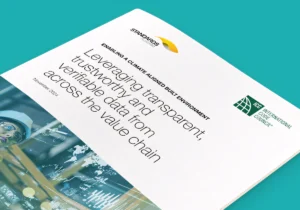
Transparency in the built environment
Standards Australia and the International Code Council have partnered to develop a new protocol that will enhance climate data transparency and operability internationally across the built environment.
-

Making air safe
A report launched at Parliament House in November has highlighted the human impact of poor indoor air quality, framing it as an access and inclusion issue.
-
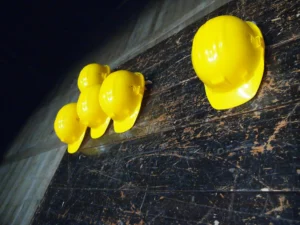
A nationwide NCC freeze?
The Coalition has followed in the footsteps of the South Australian government, which earlier this year announced that it would not update the National Construction Code (NCC) for a decade.
-

Australian ventilation: the next chapter
What does “build tight and ventilate right” mean when applied to multi-residential buildings? Sean Maxwell, AM.AIRAH, investigates.
-
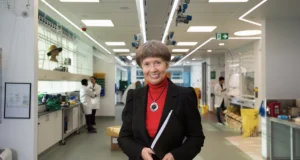
Learning to thrive
A research centre at Queensland University of Technology has set out an ambitious range of projects to build our knowledge of indoor air quality
-
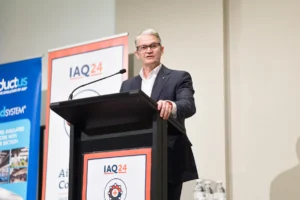
The time is now
AIRAH’s IAQ 2024 conference underscored the once-in-a-century opportunity to improve indoor air quality – and what we need to do to seize it.
-

AIRAH releases Big Data Guideline
Recognising the growing role of data and analytics in our buildings, AIRAH has published the Big Data Guideline, a free resource to support building owners, facility managers, consultants and service providers embarking on their big data journey.
-
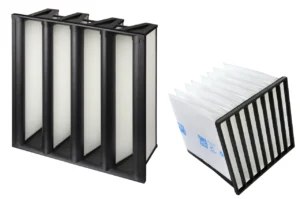
A change in the air
The adoption of ISO 16890 in Australia will support better filter selection and specification, according to Daniel McCaffrey, M.AIRAH, and Peter Mathieson, F.AIRAH, from AIRAH’s IAQ Special Technical Group.
-
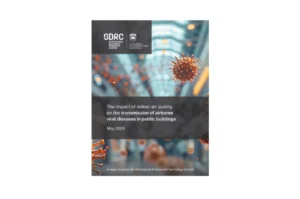
IAQ on the radar
Since the beginning of the COVID-19 pandemic, national leaders from a wide range of disciplines have sought to engage government on the need for improving indoor air quality.
-
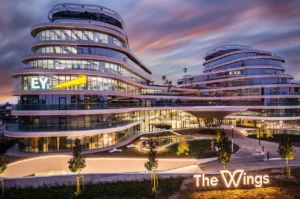
Flying high
The Wings is set to be the first office building in Belgium to generate its own geothermal energy and consume no fossil fuel.
-

Natural selection
Architect and biomimicry professional Jane Toner shares with us the principles of biophilia and the importance of designing buildings that are attuned and responsive to their natural surroundings.
-
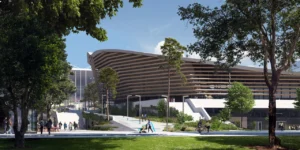
The life aquatic – and beyond
Ambitious sustainable targets have been set by the host nation for the Paris 2024 Olympics to reduce the Games’ carbon footprint by half.
-
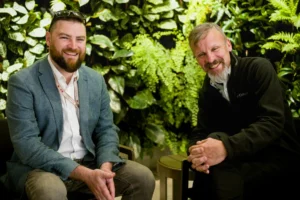
Plant room
Living green walls can improve aesthetics, add a soothing touch of greenery to a space and lift our moods. But can they have a material impact on indoor air quality? Nick Johns-Wickberg investigates.
-
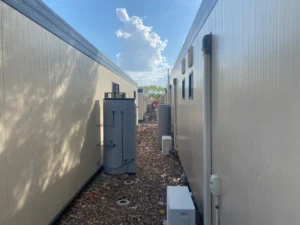
Donga danger
Much has been made of the poor ventilation in Australian classrooms, but the situation is even more dire for thousands of mining, construction and agriculture workers. Mark Vender investigates.
-

Deep impact
What are the big, overarching global influences that we are likely to see in the built environment, and particular in HVAC&R, in the lead-up to 2050?
-

Esteemed air
AIRAH’s Indoor Air Quality Conference 2024 will take place on July 15–16 in the River Room at Crown Melbourne.
-

The fans of Sydney
Ecolibrium staff writer Nick Johns-Wickberg explores how a mobile cooling hub in the Harbour City prevented three medical emergencies this summer past.
-
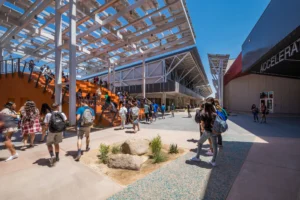
Cool for school
Effective learning spaces that maintain optimum indoor environmental quality and inspire students to learn form a critical component of educating our youth. As part of the i-Hub initiative, a collective of designers, engineers and architects explored how integrated design might benefit ACT schools.
-
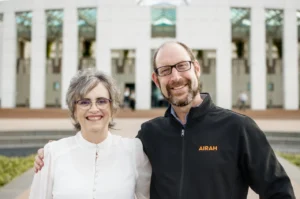
Clearing the air
-

Carbon coordination
The race is on to reduce embodied carbon in buildings and construction. But as more organisations take up the challenge, coordination is key.